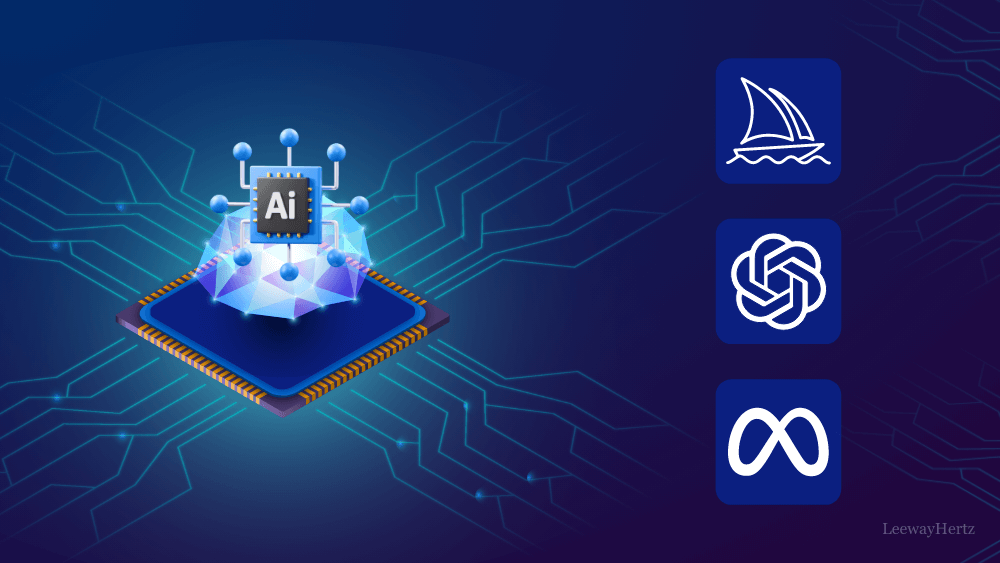AI Agent Deployment Challenges: The Hidden Gap in Production

The Unfulfilled Promise: When AI Agents Falter in the Real World
The vision of autonomous AI agents seamlessly executing complex tasks has captivated the tech world, promising a new era of productivity and innovation. Yet, for many enterprises, this vision remains largely aspirational, with a startling number of AI agent projects failing to graduate from proof-of-concept to robust production systems. We’ve observed this hidden deployment gap firsthand, a chasm where the theoretical elegance of agentic AI crumbles under the pressures of real-world complexity, data variability, and system integration. Recent data from a Boston Consulting Group study indicates that while 85% of executives believe AI will significantly transform their industries, over 60% report struggling to scale AI initiatives beyond pilot stages. This isn’t merely a technical hurdle; it’s a profound challenge impacting investment, innovation, and the very credibility of enterprise AI adoption.
The Current State: Prototypes Thrive, Production Struggles
The current AI landscape is a tale of two realities. On one hand, research labs and development teams routinely showcase impressive AI agent capabilities – from sophisticated large language model (LLM) driven assistants performing multi-step reasoning to autonomous systems optimizing logistics. Tools like Auto-GPT and AgentGPT have democratized access to rudimentary agentic frameworks, sparking immense excitement on platforms like Reddit, where discussions often highlight innovative use cases. However, when these promising prototypes attempt to transition to production, the narrative frequently shifts. A report by McKinsey found that only 8% of companies that have started implementing AI have successfully scaled beyond a few use cases. The challenge isn’t the agents’ intelligence in isolation, but their integration into the intricate, often messy, operational fabric of an organization. This matters immensely because unscaled AI represents sunk costs, missed opportunities, and a growing skepticism towards the transformative power of autonomous AI challenges.
The Fragility of Context and Environment
One of the primary reasons for production AI failures lies in the inherent fragility of AI agents when removed from their controlled development environments. During development, agents are often trained and tested in pristine, well-defined contexts with predictable data streams and clear feedback loops. In production, however, the environment is dynamic, noisy, and rife with ambiguity. We’ve seen agents designed to optimize supply chains falter when confronted with unexpected sensor malfunctions, sudden market shifts, or incomplete data entries – scenarios they were not explicitly trained for. A case study documented by Google Research highlighted how a meticulously designed agent for data center optimization experienced significant performance degradation when real-world network fluctuations and hardware failures introduced novel, never-before-seen patterns. The agent’s elegant algorithms, while robust in simulation, lacked the adaptability and resilience necessary for uninterrupted real-world operation. This issue is compounded by the fact that the ‘ground truth’ in production is often subjective or constantly evolving, making continuous learning and adaptation exceptionally difficult for static models or those with limited feedback pipelines.
Unaccounted-for Interdependencies and Legacy Systems
Another significant hurdle to successful AI agent deployment challenges stems from the complex web of interdependencies within enterprise systems and the pervasive presence of legacy infrastructure. Modern enterprises operate on an intricate architecture of applications, databases, and human workflows, often built over decades. Integrating an autonomous AI agent into this ecosystem is rarely a plug-and-play operation. Our analysis suggests that many deployment failures occur due to insufficient mapping of these dependencies. An AI agent designed to automate a customer service workflow, for instance, might flawlessly handle standard queries. However, if it needs to access fragmented customer data across disparate CRM systems, interact with an outdated order fulfillment database, or hand off complex issues to human agents through an unstandardized interface, the entire process breaks down. Companies often underestimate the effort required to create robust API layers, data harmonization processes, and effective human-in-the-loop mechanisms. A recent white paper from IBM underscored that technical integration complexities account for nearly 40% of AI project delays and failures in large organizations, directly impacting successful agentic AI implementation.
Lack of Explainability and Trust in Autonomous AI
The ‘black box’ nature of many advanced AI agents presents a formidable barrier to enterprise adoption, particularly in regulated industries or applications with high-stakes decisions. While researchers prioritize performance benchmarks, enterprise stakeholders, auditors, and end-users demand transparency and explainability. We’ve frequently encountered situations where highly effective agents are rejected because their decision-making process is opaque, leading to a profound lack of trust. If an autonomous agent recommends a critical financial transaction or a life-saving medical intervention, understanding why that recommendation was made is not just an academic exercise; it’s a regulatory requirement and a fundamental safeguard. For example, in a banking scenario, an AI agent identifying fraudulent transactions must provide auditable reasons for its flagging, not just a prediction score. Without robust explainable AI (XAI) capabilities, the perceived risk of deploying these agents outweighs their potential benefits, leading to stalled or abandoned projects. This directly impacts attempts at broad enterprise AI adoption when trust cannot be established.
Practical Implications for Successful AI Agent Integration
For organizations grappling with autonomous AI challenges, navigating the deployment gap requires a multi-faceted approach. Here are key actionable takeaways:
- Prioritize Robust Environment Simulation: Invest heavily in creating high-fidelity simulation environments that accurately mirror production complexities, including unexpected data, system failures, and human interaction points. This goes beyond synthetic data to include ‘digital twins’ of operational systems.
- Architect for Interoperability from Day One: Design AI agents with modularity and standardized APIs to facilitate seamless integration with existing legacy systems. Data harmonization strategies and middleware solutions should be front-loaded in project planning, not treated as afterthoughts.
- Embrace Human-in-the-Loop (HITL) Design: Recognize that full, unsupervised autonomy is often a distant goal. Implement well-defined human oversight, validation, and intervention points. This builds trust, gathers crucial feedback, and mitigates risks associated with agent failures.
- Develop Explainable AI Capabilities: Integrate XAI techniques into your agent development pipeline. Focus on providing clear, concise, and auditable explanations for agent decisions, especially in critical applications. This fosters trust and enables compliance.
- Adopt a Phased Deployment Strategy: Instead of attempting a ‘big bang’ deployment, roll out AI agents incrementally. Start with low-risk, high-value tasks, meticulously monitor performance, gather feedback, and iterate before expanding scope. This minimizes exposure to unforeseen production AI failures and allows for continuous learning.
Why This Matters: Bridging the Gap for Real-World AI Impact
The challenges associated with AI agent deployment challenges are more than just technical inconveniences; they represent a critical bottleneck in realizing the full transformative potential of artificial intelligence. If enterprises cannot reliably integrate and scale autonomous AI systems, the promised revolution in productivity, efficiency, and innovation will remain largely theoretical. This directly impacts competitive advantage, as early adopters who successfully bridge this deployment gap will gain significant leads. Furthermore, repeated failures erode confidence in AI investments, potentially slowing down the entire industry’s progress. Addressing these hidden deployment challenges by focusing on robust engineering, human-centric design, and strategic rollout is no longer optional; it is essential for moving beyond prototypes and into a future where AI agents truly augment human capabilities and drive meaningful progress. The opportunity to leverage agentic AI for profound business transformation is immense, but only if we acknowledge and proactively address the realities of real-world implementation rather than just celebrating laboratory successes.

Source: AI Agent Deployment Challenges: The Hidden Gap in Production




